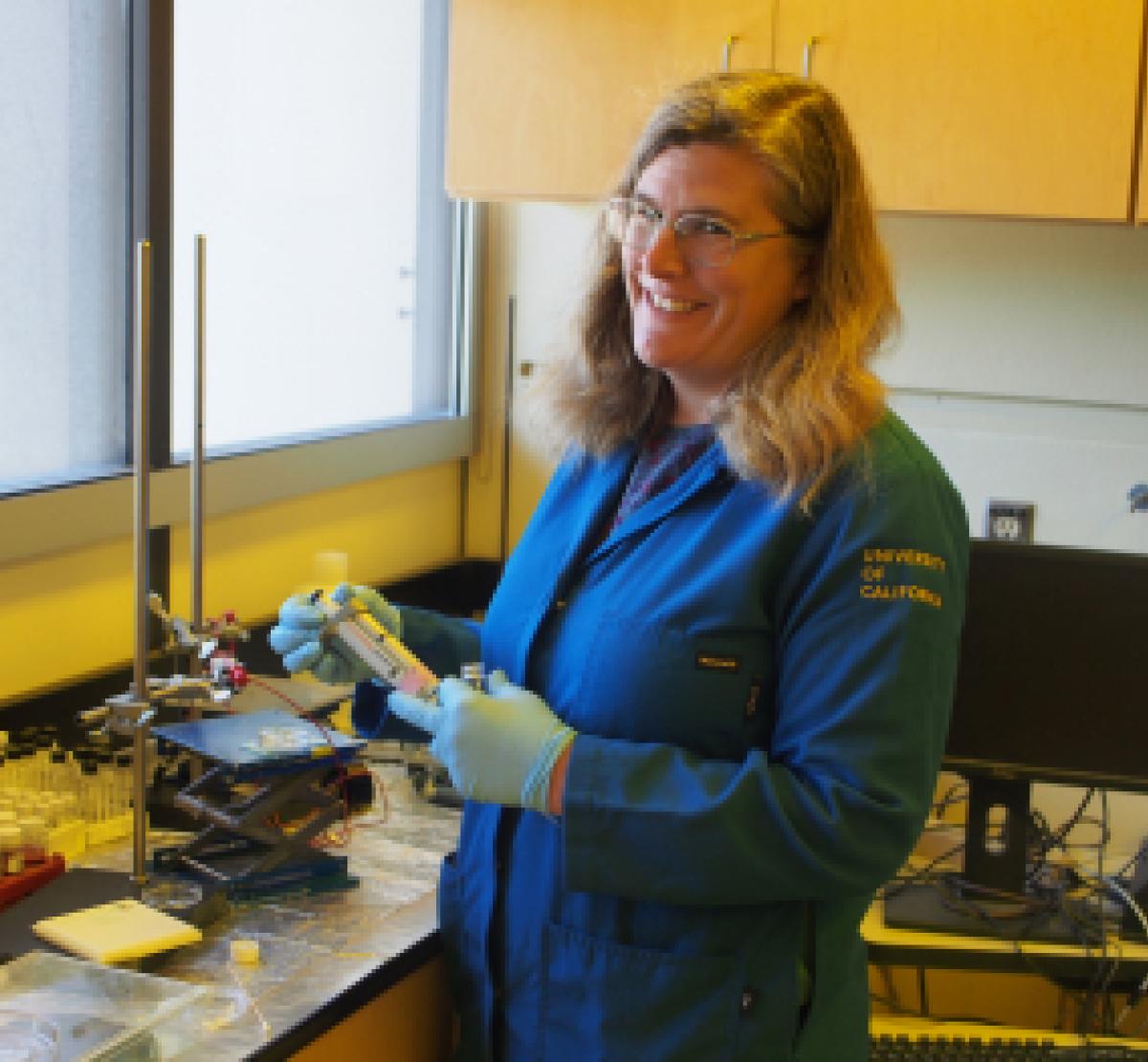This 2-week lesson sequence on the molecular-level design of alginate-based soft materials is designed for high school Chemistry in the Earth System and Marine Science courses and integrates NGSS physical science and engineering standards. Alginate is a naturally-occurring polysaccharide found in multiple Central California kelp species. There are many applications for alginate polymers from bioplastics to food additives. In this molecular-level polymer investigation, students will observe the reactions of alginate with divalent metal ions and model the formation of cross-linked polymer chains of calcium alginate. Using previous knowledge of chemical systems and equilibrium, students will make predictions and design an investigation changing the concentrations of ions in the cross-linking solution to investigate the effects of these changes on polymer properties. Finally, students will evaluate the costs and benefits of utilizing kelp to manufacture bioplastics on a commercial scale.

Measuring Glucose Concentration Using Organic Electrochemical Transistors (OECTs)
Organic electrochemical transistors (OECTs) are useful as biological sensors because they are made of biocompatible materials and require relatively low voltage to operate. A typical OECT consists of three electrodes (gate, source, drain), an organic semiconductor linking the source and the drain, and an electrolyte connecting the semiconductor and the gate. This summer, I demonstrated that an OECT device utilizing CPE-K, a conductive polymer synthesized by the Nguyen research group, can detect a change in glucose concentration in a physiologically buffered solution. To fabricate the OECT device, I first established a functionalizing procedure of the gate electrode with an enzyme. Glucose in the electrolyte of the OECT is oxidized by the enzyme, which begins a cascade of reactions that ultimately change the current measured through the conductive polymer, CPE-K. The detection of glucose is based on the correlation between glucose concentration and the read-out current. By successfully building a working proof-of-concept, my project demonstrates that CPE-K can potentially be useful in sensing the concentration of biological metabolites, such as glucose, in biological systems.
Soft Materials: Investigating Alginate Polymer Molecular-Level Structure in the Classroom
Are you using a RET curriculum project in your own classroom?
If so, please take our short SURVEY!